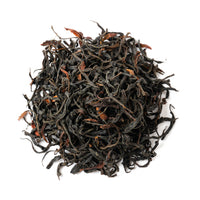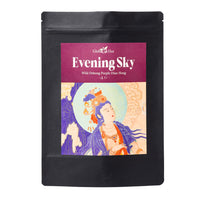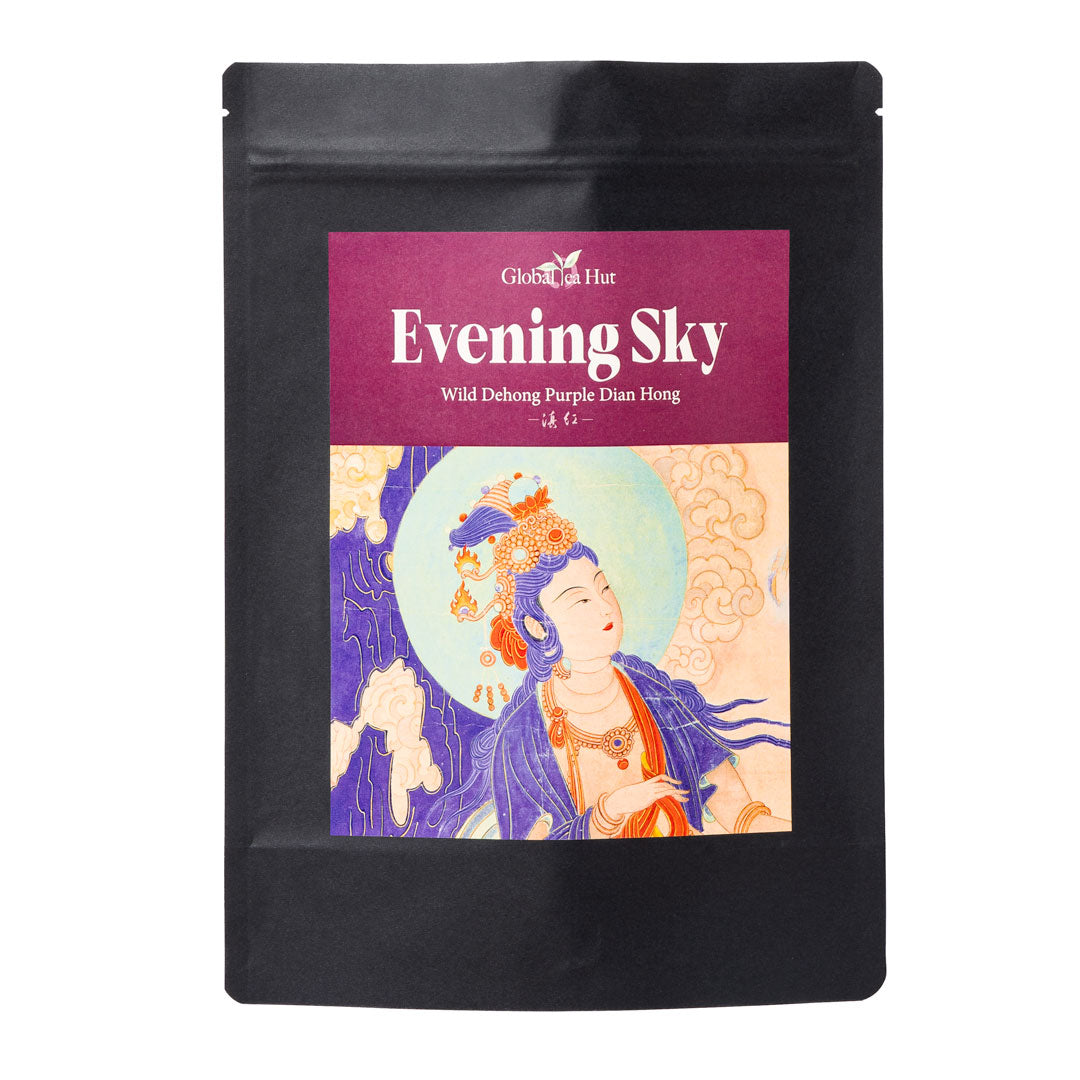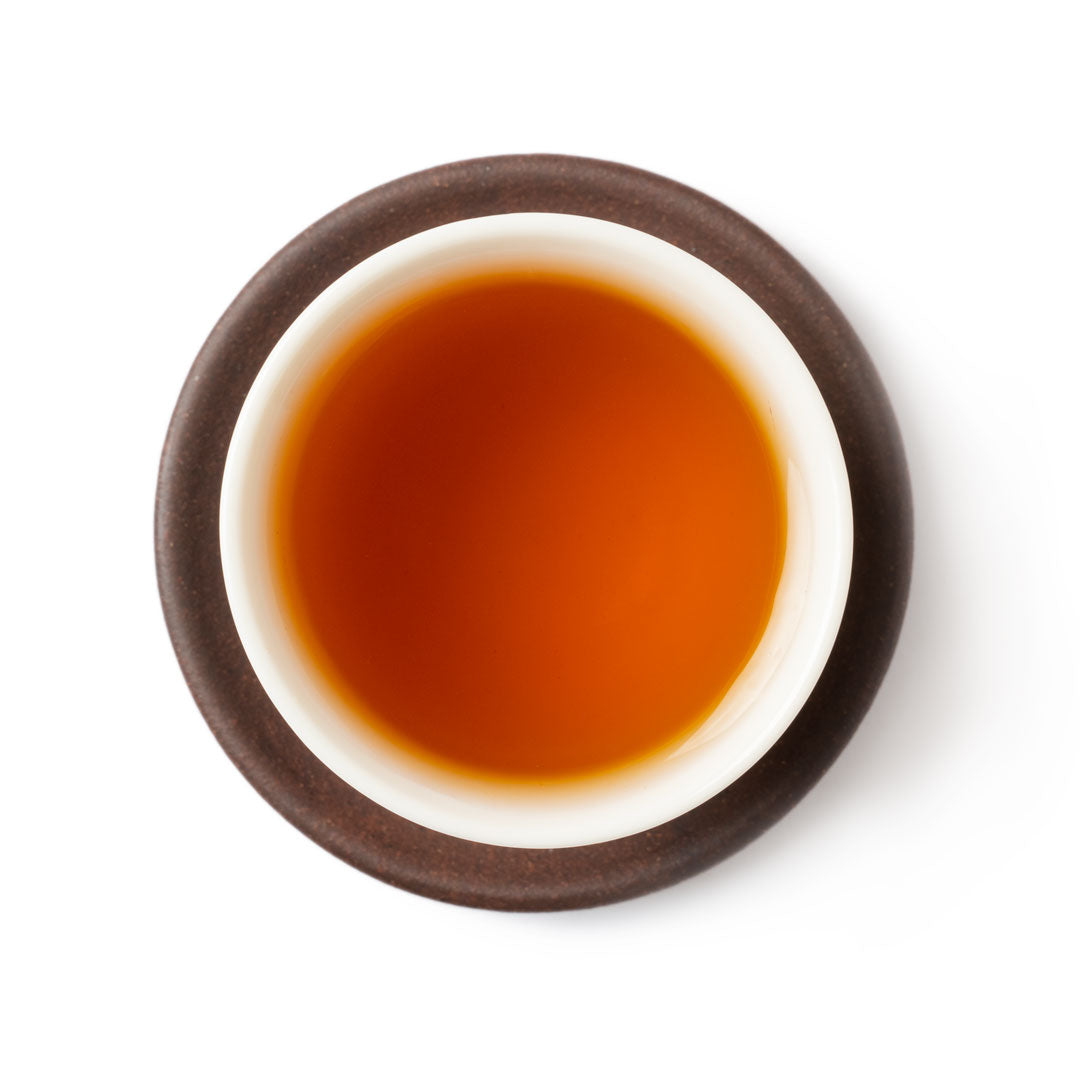


Evening Sky
$14.00
This tea comes from the Mangshi Township, Dehong prefecture of Yunnan, a province in Southwest China, and as we have discussed, the birthplace of all tea. Dehong is one of eight autonomous prefectures in Yunnan, bordering Myanmar to the West. The Dai and Jingpo tribes abound throughout the area. Evening Sky is made from the “wild purple” varietal, also known as Camellia Assamica var. dehongensis. Its potency and incredible Qi arise from its unadulterated nature. It is naturally bug-repellent, and grows wild in the forests of Yunnan at an altitude of 1600-2200 meters. The trees are old-growth, ranging in the hundreds of years old. This tea comes from natural, seed-propagated “eco-arboreal” gardens. The buds of this rare tea come out curled and whitish, changing to bright purple as they open. Then, when the leaves open fully, they slowly shift to a deep and dark green. It is often very bitter when it is processed as young, sheng puerh, but sweet and fruity as red tea. This tea also ages faster than ordinary Assamica, developing aged subtlety and complexity faster than a lot of sheng puerh or other dian hong teas. This unique purple bud, old-growth, wild red tea is out-of-this-world flavorful. It erupts in a bouquet of fruity, flowery notes that expand seemingly endlessly. There are peachy-fruity nuts, berries and flowers in a bouquet. The complexity of this tea is astounding. You haven’t ever had anything quite like it. The Qi is fanciful and uplifting, which is rare for a red tea.
Though it is sometimes referred to as “purple tea,” this is actually not a genre of tea but rather a kind of tree (several varietals, actually), which can be found within most genres of tea. When we say that a tea is a purple tea, we mean that a varietal of tea has a very unique mutation in that its buds are purple to maroon in color. In most varieties of purple tea, the purple buds slowly turn green as they open into mature leaves, changing from inside to out. Purple tea is purple because the trees have produced anthocyanins, which are water-soluble pigments that can be deep-purple, maroon, reddish, black or blue depending on the pH. Grapes, black rice, blueberries and raspberries are all examples of foods with anthocyanins. Anthocyanins have been found to be beneficial to one’s health, especially in preventing heart disease. This anti-oxidant may be anti-cancerous along with helping to improve one’s heart function. Of course, more research into the health benefits will help verify this.



